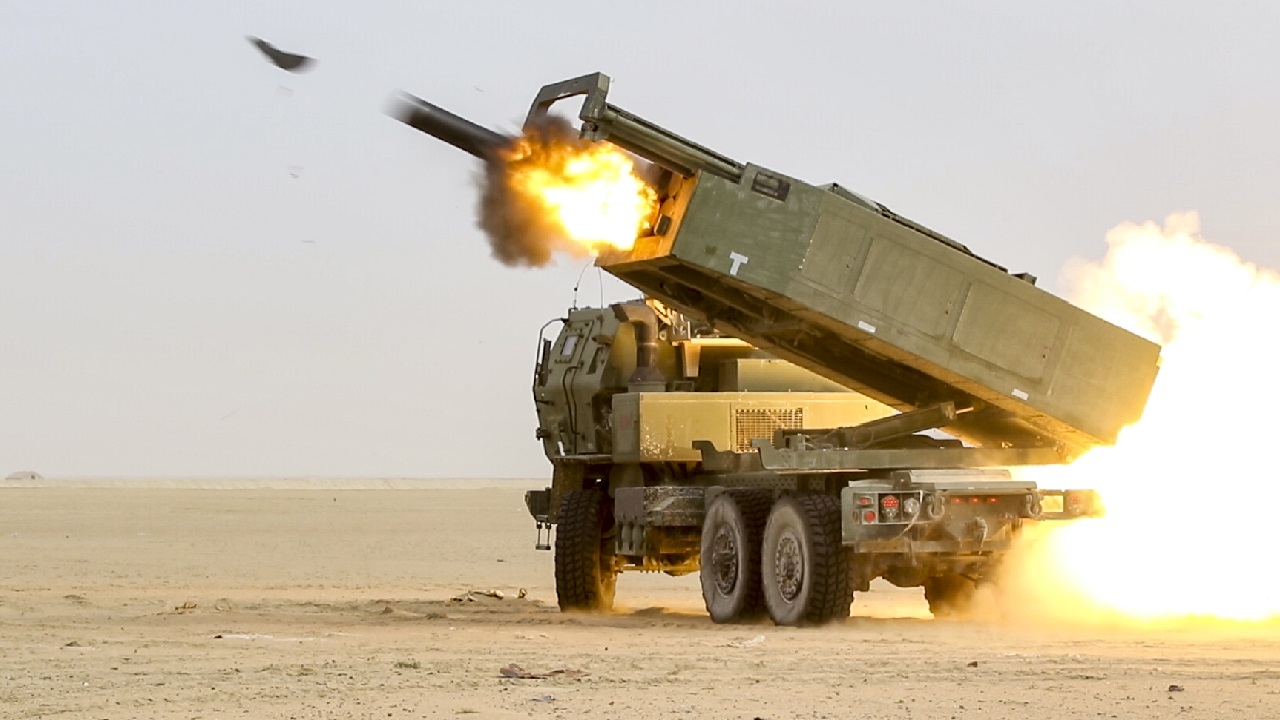The Biden administration announced earlier this month that it would send four High Mobility Artillery Rocket Systems (HIMARS) launchers to Ukraine. The systems are part of a $625 million aid package – the first such aid after Russia declared its annexation of four Ukrainian provinces.
The announcement also marks the second Presidential Drawdown Authority made since Ukraine launched offensives that have seen it liberate vast swaths of territory. The drawdown authority allows the HIMARS and some 200 Mine-Resistant Ambush Protected vehicles to be sent to Ukraine within weeks. The action further allows the U.S. to transfer articles and services from stocks quickly and without U.S. congressional approval, in response to an ongoing emergency.
Under the Foreign Assistance Act, the U.S. Department of Defense can provide stocks to foreign countries and international organizations. These can arrive within days, or even hours, of approval. In support of this effort, Congress has progressively increased the cap on this drawdown authority. From $100 million, the ceiling has risen to $11 billion for Fiscal Year 2022.
HIMARS Key to Ukrainian Success
Developed by defense giant Lockheed Martin, the HIMARS is the newest member of the MLRS (multiple launch rocket system) launcher family. Each HIMARS carries a single six-pack of Guided Multiple Launch Rocket Systems (GMLRS) rockets. The systems are carried on 5-ton trucks that can launch the entire MLRS family of munitions.
The highly mobile HIMARS gives Ukraine the ability to target an enemy position, fire, and move – a maneuver known as “shoot and scoot.” It has proven to be a formidable weapon in Ukraine. Since the first platforms arrived in June, Ukraine has used them to strike ammunition depots, bridges, and other vital targets, hindering Russia’s ability to resupply troops in the country.
U.S. Replenishing Its Stockpiles
The weapons, which were developed by Lockheed Martin, were first deployed in combat in Afghanistan. The weapons system has been credited with aiding the 2010 NATO offensive in Kandahar, where HIMARS targeted a Taliban headquarters.
The MLRS were also employed in Iraq and Syria, and they have been used against ISIS forces.
The Pentagon awarded Lockheed Martin a $179 million contract to replenish dwindling stockpiles of HIMARS, as well as the GMLRS. However, it remains unclear how much of the funding will buy new systems, and how much of it includes investments in the industrial base to expand or accelerate production throughput.
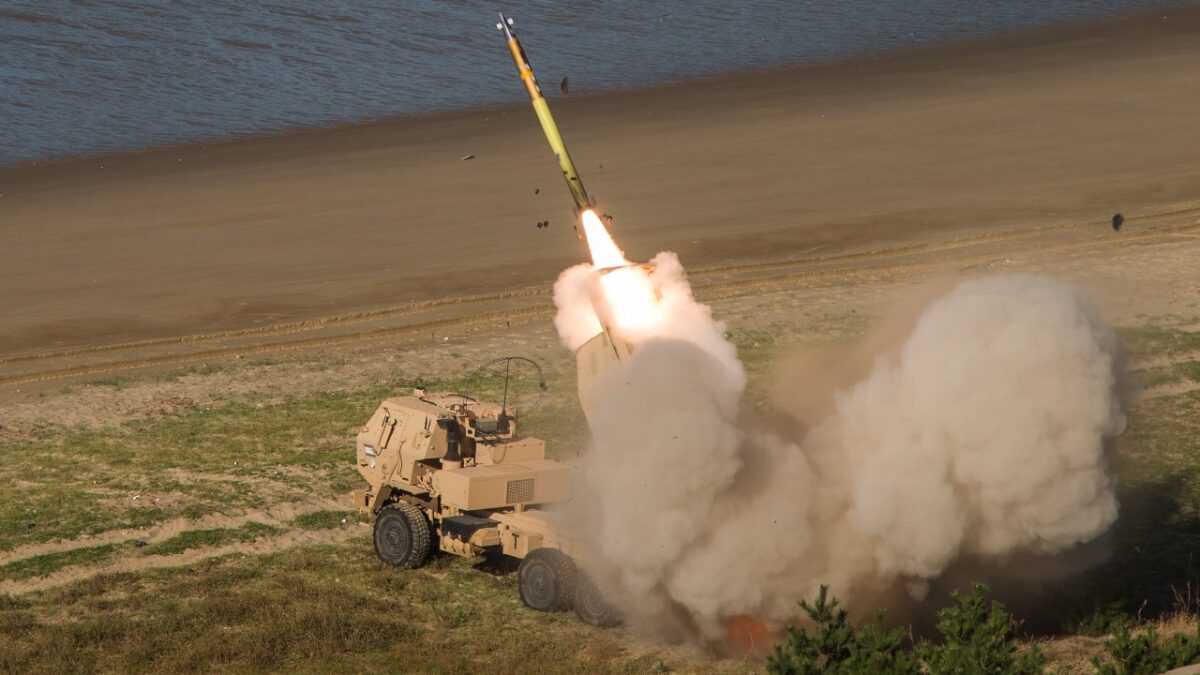
U.S. Soldiers launch rockets from an M142 High Mobility Artillery Rocket System (HIMARS), at Daecheon, South Korea, Sept. 21, 2017. The U.S. Army conducted this live fire training, providing South Korean and U.S. forces the ability to launch rockets from mobile locations and strike targets with minimal notice. (U.S. Army photo by Sgt. Ashley Marble)
In its earnings call with reporters and analysts earlier this month, Lockheed Martin announced it would ramp up production to 96 launchers annually, from its current level of 60. The company also said it had invested $65 million to acquire parts in advance, an expense the government is expected to pay back, in order to speed up production.
The Department of Defense’s efforts to maintain sufficient munitions production have become a concern in recent months, and efforts are underway to boost production capacity, Defense News reported. Some experts warn that the U.S. faces a munitions production capacity crisis because it has procured ordnance at a minimum rate, while surge capacity isn’t quite there. As a result, the U.S. could struggle to procure enough ordnance to arm its own forces, let alone enough to help arm Ukraine and Taiwan.
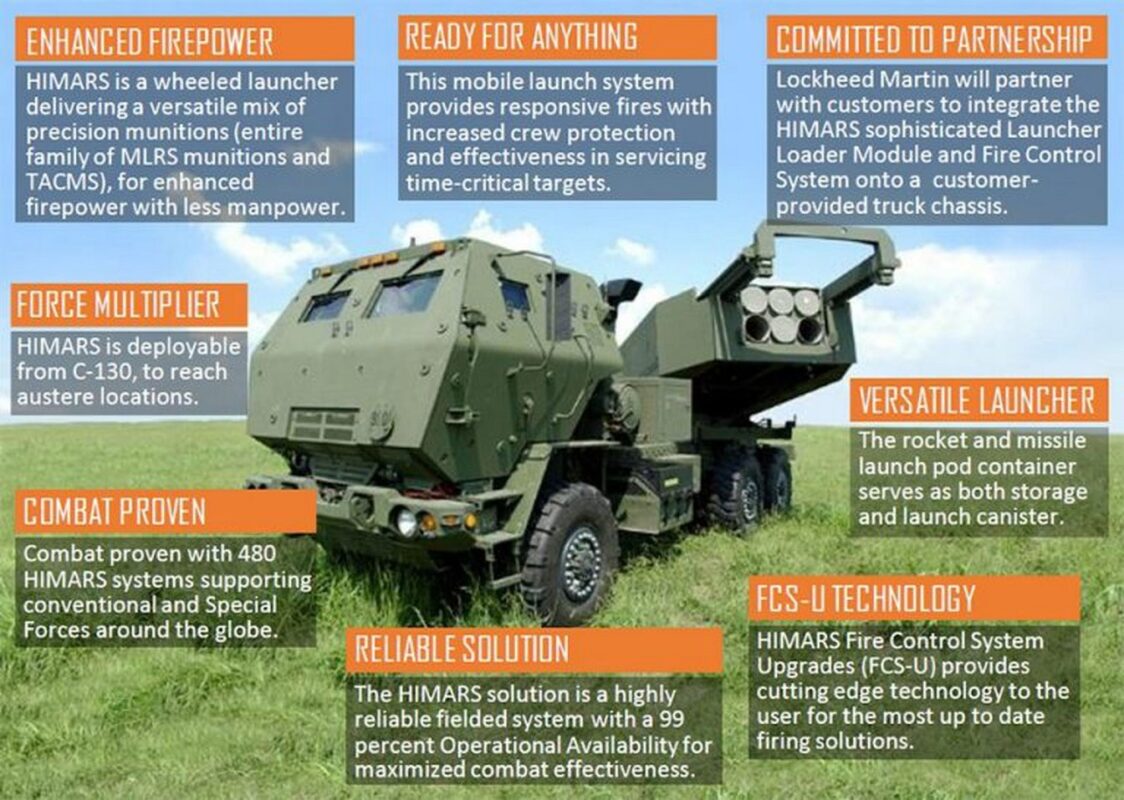
HIMARS graphic from Lockheed Martin.
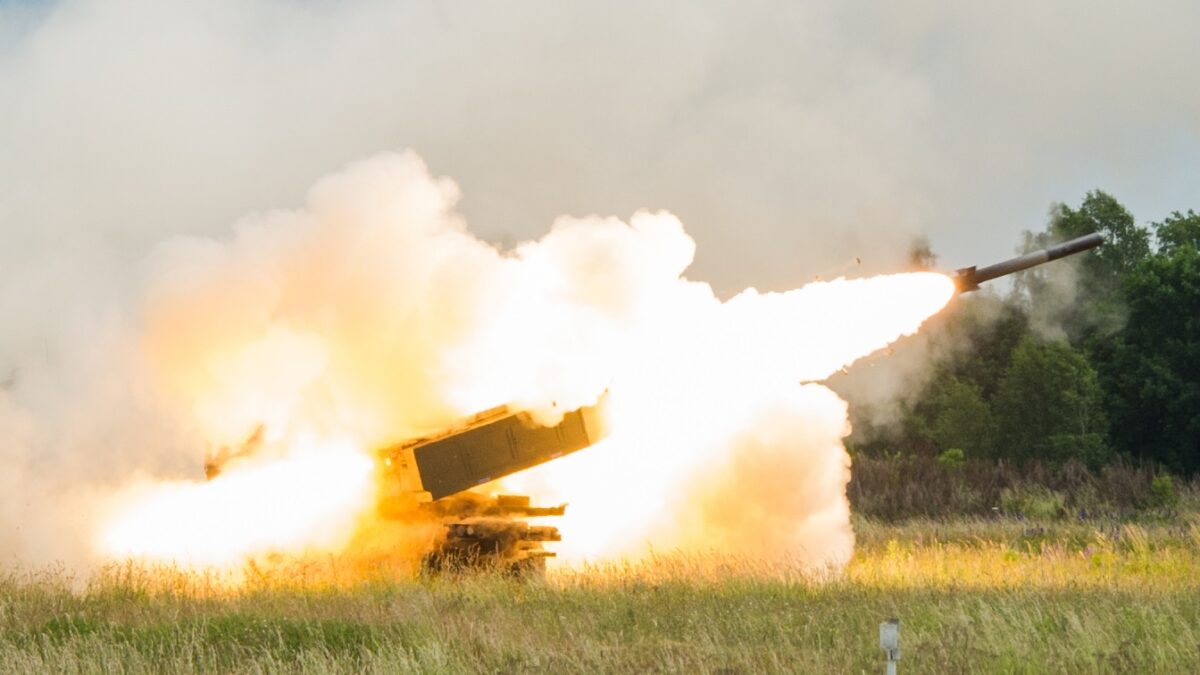
M142 High Mobility Artillery Rocket System (HIMARS) vehicles with 1st Battalion, 181st Field Artillery Regiment, Tennessee Army National Guard participating in Saber Strike 17 execute a fire mission at Bemoko Piskie, Poland, June 16, 2017. This year’s exercise includes integrated and synchronized deterrence-oriented training designed to improve interoperability and readiness of the 20 participating nations’ militaries. (U.S. Army photo by Markus Rauchenberger)
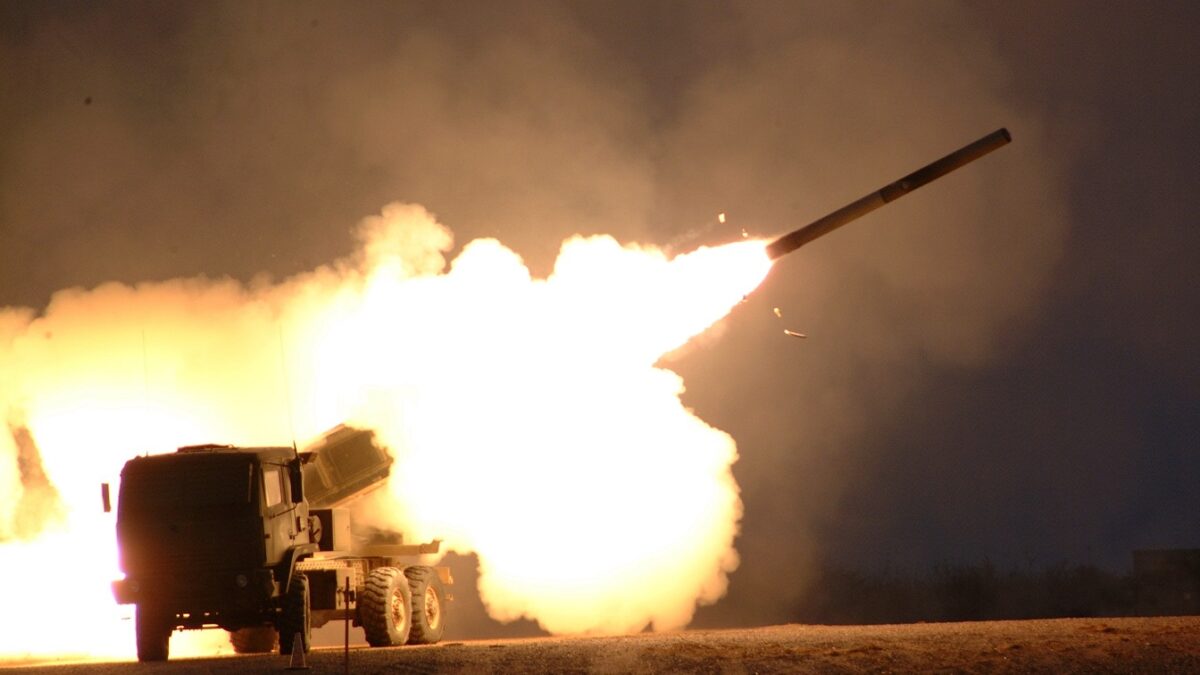
HIMARS. This is similar to what is being used in Ukraine.
A Senior Editor for 1945, Peter Suciu is a Michigan-based writer. He has contributed to more than four dozen magazines, newspapers, and websites with over 3,000 published pieces over a twenty-year career in journalism. He regularly writes about military hardware, firearms history, cybersecurity, and international affairs. Peter is also a Contributing Writer for Forbes. You can follow him on Twitter: @PeterSuciu.

